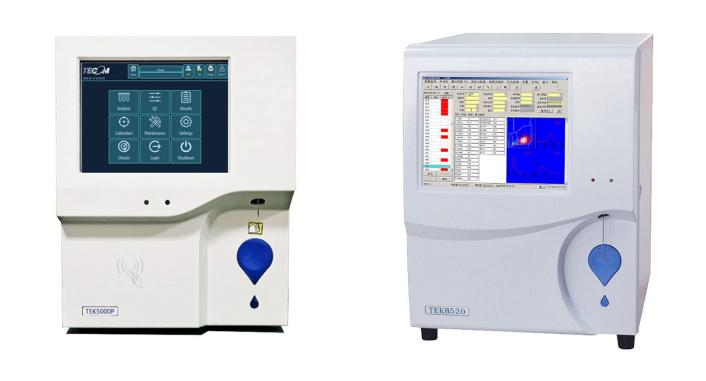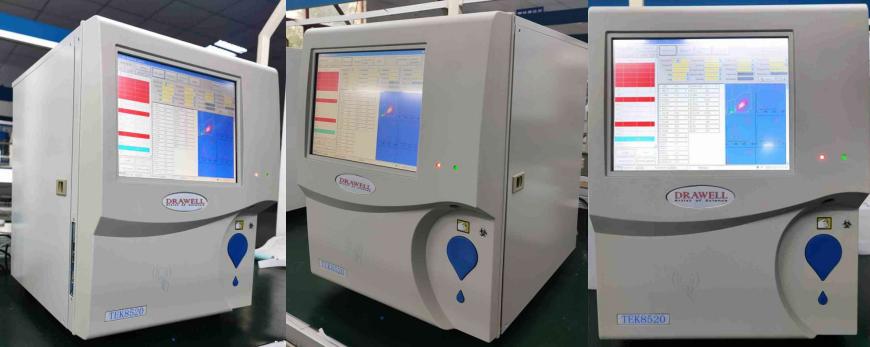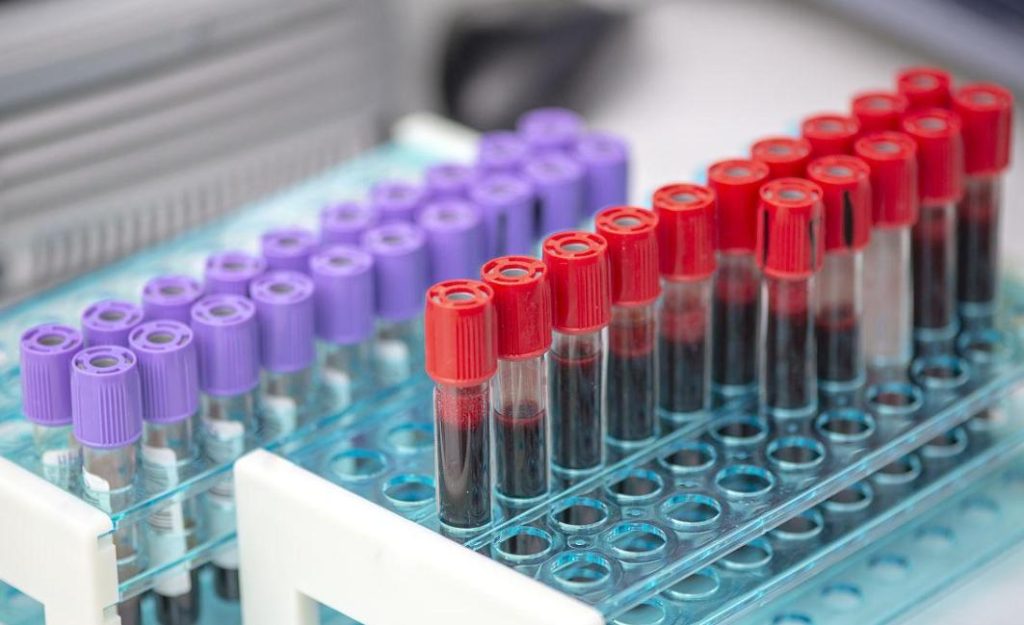Auto hematology analyzers are essential tools in modern medical diagnostics. They provide crucial data for the screening and monitoring of diseases such as anemia, infections, and leukemia through rapid and accurate blood cell analysis. With the rapid development of science and technology, blood cell analysis technology has also shifted from the three-part hematology analyzer of a few years ago to the current five-part hematology analyzer. However, when faced with these devices, medical institutions often find themselves in a dilemma: should they pursue economic practicality, or prioritize meeting high-level diagnostic needs? Next, we will guide you to understand the essential differences between these two types of devices. You need to combine your own clinical needs and budget to make the best decision.

3 Part vs 5 Part Hematology Analyzer
Hematology analyzers categorize white blood cells (WBCs) into different types. 3-part hematology analyzers typically differentiate WBCs into three populations: lymphocytes, monocytes, and granulocytes. These analyzers use impedance or optical methods to measure cell size and count, providing a basic CBC with a limited WBC differential. 5-part hematology analyzers, on the other hand, offer a more detailed WBC differential, further separating granulocytes into neutrophils, eosinophils, and basophils, in addition to lymphocytes and monocytes. This increased differentiation provides more comprehensive information about a patient’s immune status and can aid in the diagnosis of specific conditions.
Differences Between 3-Part and 5-Part Analyzers
| Feature | 3-Part Analyzer | 5-Part Analyzer |
| WBC Differentiation | Lymphocytes, Monocytes, Granulocytes | Lymphocytes, Monocytes, Neutrophils, Eosinophils, Basophils |
| Technology | Impedance, Optical | Flow Cytometry, Impedance, Optical |
| Complexity | Simpler, less complex algorithms | More complex, sophisticated algorithms |
| Cost | Lower | Higher |
| Sample Throughput | Generally lower | Generally higher |
| Maintenance | Simple | Complex |
| Reagent Requirement | Fewer reagents | More reagents |
| Clinical Use | Basic CBC, screening, general health checkups | Detailed CBC, diagnosis of specific hematological conditions |
| Research Use | Limited | More suitable for research applications |
Pros and Cons of Each Analyzer
3-Part Analyzers:
Pros: Lower cost, simpler operation, suitable for basic CBC requirements, smaller footprint.
Cons: Limited WBC differentiation, may not detect subtle changes in WBC populations, less informative for complex cases.
5-Part Analyzers:
Pros: Comprehensive WBC differential, more accurate and precise results, aids in the diagnosis of a wider range of conditions, valuable for research.
Cons: Higher cost, more complex operation, requires more maintenance, larger footprint.
Ultimately, the choice between a 3-part and 5-part analyzer depends on the specific needs of the laboratory. 3-Part Analyzers are a cost-effective choice for primary care, while 5-Part Analyzer is gradually becoming a rigid demand for large hospitals in the era of precision medicine.

Purchasing Guide: Key Considerations
Choosing a hematology analyzer is not simply a “parameter race,” but rather a process that requires consideration of the actual usage scenario, balancing technology, cost, and future needs. Here are five core considerations:
(1) Type of Institution and Clinical Needs
Primary Care Institutions: If only routine physical examinations or basic disease screenings (such as upper respiratory tract infections) are required, a 3-part hematology analyzer is sufficient.
Specialized Hospitals/Large General Hospitals: In scenarios involving hematological diseases, tumor chemotherapy monitoring, etc., it is necessary to choose a 5-part hematology analyzer.
(2) Budget Allocation
Initial Investment: The price of a 5-part hematology analyzer can be 3-10 times that of a 3-part analyzer, and some brands have significant price premiums.
Long-term Costs: An open reagent system can reduce the cost of consumables, but may sacrifice the stability of the test.
(3) Sample Volume and Testing Efficiency
Daily Test Volume < 100 cases: Choose a 3-part hematology analyzer.
Daily Test Volume > 200 cases: Choose a 5-part high-throughput model.

(4) Scalability and Compatibility
Combined Testing Function: Some 5-part hematology analyzers support simultaneous detection of CRP and SAA inflammatory indicators, improving outpatient efficiency.
System Integration: Ensure compatibility with the hospital’s LIS/HIS system to avoid “information silos.”
(5) After-sales Service and Compliance
Certification Standards: Prioritize equipment that has passed NMPA, FDA, or CE certification.
Service Response: Require manufacturers to provide technical support and warranty periods.
Decision-makers need to be wary of the “technology overload” trap: a five-part analyzer with redundant functions may become a mere decoration in grassroots institutions. The truly wise choice is to make every investment accurately match actual needs.
Conclusion
The essential difference between three-category and five-category blood analyzers lies in the depth and breadth of clinical needs. Grassroots institutions should prioritize ensuring the reliability and cost controllability of equipment, while large hospitals need to build accurate diagnostic capabilities through the five-part technology. By considering factors such as clinical application, budget, and technological features, you can make an informed decision that ensures optimal performance and value for your laboratory. Take the time to evaluate your needs, consult with experts, and explore available options before making your final choice.
